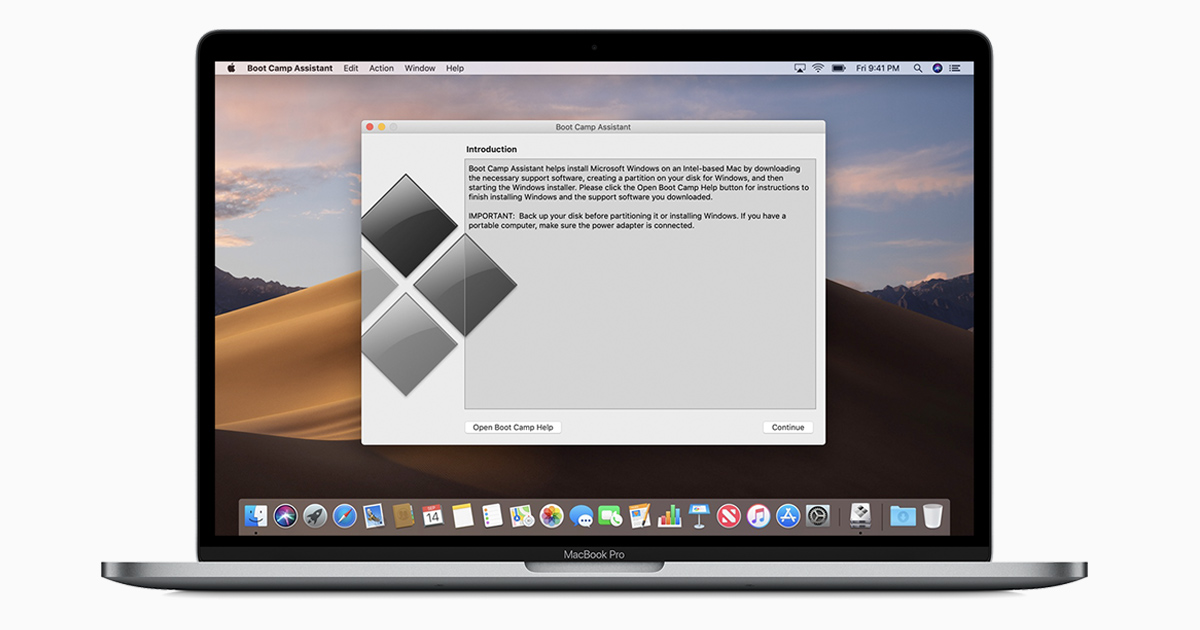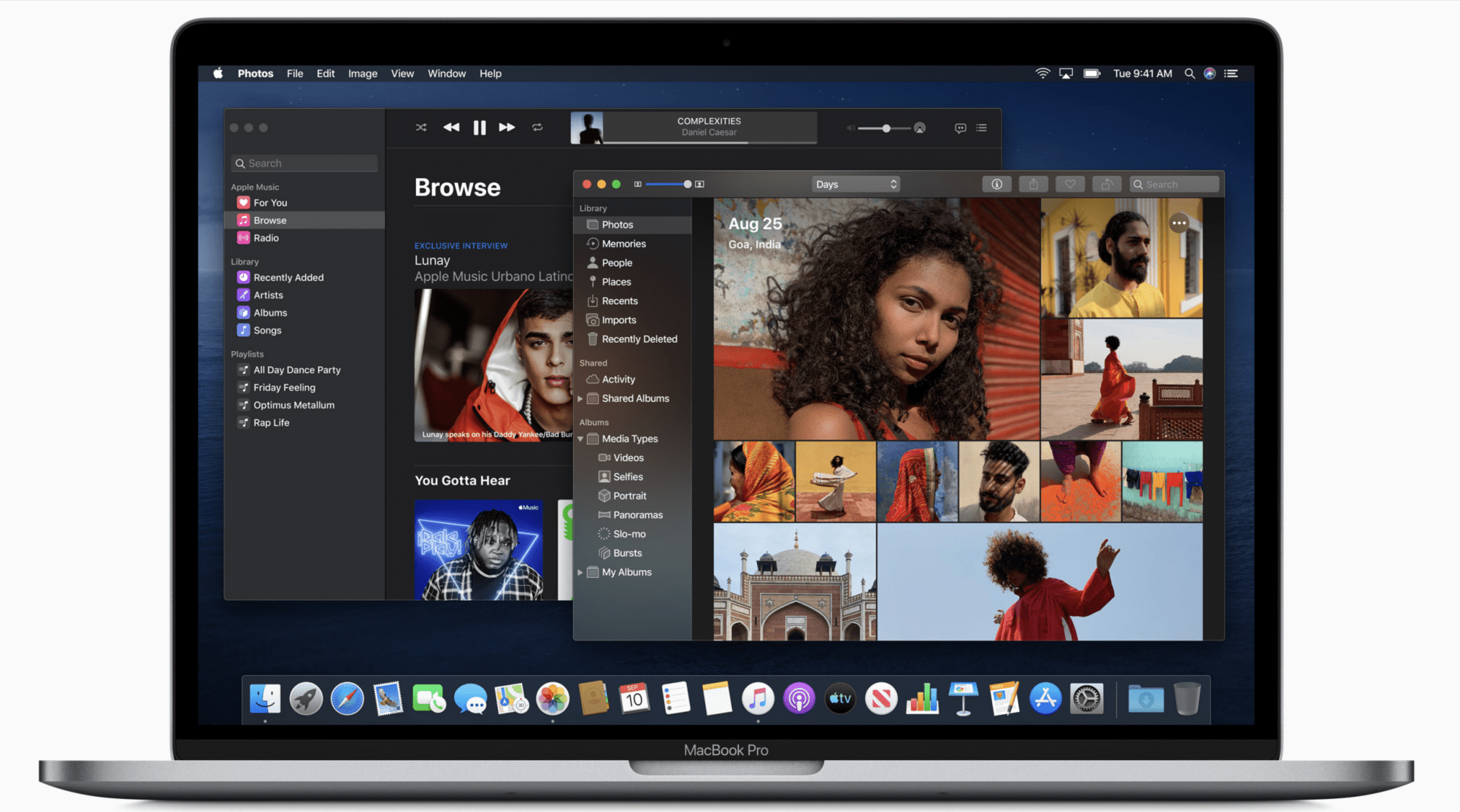Note: If you want to run Windows on your Mac, Apple's Boot Camp assistant will automatically make a partition for you. As I am considering buying a Macbook Pro, I'd like to learn how much disk space macOS Catalina uses? So, I'll decide the required minimum disk space for my buy. Thanks in advance for your comments. Save hide report. Download macOS Catalina 10.15.6 (19G73) dmg File. No matter which system you are running whether Mac or Windows PC. But, you can download the macOS Catalina 10.15.6 dmg file to install or to create a bootable USB for macOS Catalina. Therefore, below is the macOS Catalina 10.15.6 installer file.
- 1. Mac Files Tips
- 2. Mac Software
- 3. Mac Storage Tips
- 4. Mac Troubleshooting
- 5. Mac OS
by Sophie GreenUpdated on 2020-05-27 / Update for Mac OS
While macOS Catalina 10.15 is the latest update to the macOS line-up and users are eagerly waiting to install it, some issues are holding back some of the users. Some users get 'Not enough free space on your disk to install macOS Catalina' error message.
So how much free disk space do I have for macOS Catalina 10.15? How many GB is OS Catalina? What to do if you failed to install macOS Catalina due to low disk space? Don't worry! Get the Answers here.
Question 1. How Many GB is OS Catalina?

The accurate answer is 18.5 GB. The macOS Catalina installer macOS is about 6.5 GB and Catalina takes exactly 18.5 GB on your hard drive.
Question 2. How Much Space Do You Need for Catalina?
The macOS Catalina may take 18.5 GB space on your hard drive, but to operate it properly, you will need more than 20 Gb disk space to clean install Catalina.
If you're performing an upgrade install, you need to make sure the startup drive have about 6.5 GB of space to download the macOS Catalina installer and room for the files the installer will copy to the startup drive during installation. You'd better have 25 GB of free space available.
Question 3. Does Catalina Take up More Space?
Yes, it does take up more space. So, the iCloud based storage works best with Catalina as it provides 5 GB free storage space.
Question 4. How to Fix “Not enough free space on your disk to install macOS Catalina”?
How Much Space To Download Mac Os Catalina Dmg
I cannot install Catalina on my MacBook Pro. When I was trying to quit the installer, I didn't get Startup Disk, instead, I got stuck in a loop of automatically trying to install the new OS and Not free Space. I need to know how to solve it! Help me, please!!!”
If you encounter such a low space issue while installing macOS Catalina or macOS Catalina installation failed due to low disk space, then you need to free up space on your hard drive. You can put the Mac in Recovery Mode and execute steps to free up space. You can check out the steps below.
- Reboot Mac and hold 'Control + R' while it boots.
- The Mac will enter Recovery Mode.
Then, click 'Disk Utility' to repair or erase a disk.
In Disk Utility, select your Mac's hard drive from the sidebar.
Select First Aid to checks the file system for errors. Reboot your Mac when it finishes and you can go on to free up space on your Mac.
- If you have a recent backup of your Mac or don't mind losing data. Click the Erase button and confirm you want to erase your Mac.After freeing the required space, you will be able to install macOS Catalina successfully. Click the Erase button and confirm you want to erase your Mac.
Bonus Tip: How to Recover Lost Data If Your Mac Stuck on Catalina Update and Won't Boot?
Mac fails to boot or start after the macOS update? Catalina get stuck for some reasons? Before fixing your stuck Mac, the first thing is trying to save your data Tenorshare 4DDiG for Mac Data Recovery provide a tried-and-true data recovery service for you to recover data from unbootable Mac after update. It creates a bootable media that enables you to recover data from Mac hard drive/ failed internal Mac hard drive, APFS boot drive, and unmountable APFS boot volume, etc.
- Download and install UltData on any computer.
Then, launch the program and select 'Recover Data from Crashed System'; click 'Start' to proceed.
Connect a USB drive to the Mac, and click 'Start' to create a bootable drive.
- Connect the bootable drive to crashed Mac and boot it while holding the 'Option' button.
Once you are in the disk selection menu, release the button, and select 'UltData – Mac' to boot the disk. When you have entered the system successfully, click 'Export'.
This is the extremely simple recovery method implemented by Tenorshare UltData-Mac Data Recovery. It won't take more than a few minutes to get back your deleted files.
Finally
Well, macOS Catalina takes up more space on your hard drive than usual. And even after the installation, the OS expands. So, it is essential to free up the required space so that Catalina can operate properly. So, if you are having a disk space issue, use the steps we have detailed on the article and clear up space on the Mac. While it is difficult to recover data from a crashed computer but if you use Tenorshare 4DDiG for Mac Data Recovery, you will be able to recover data even from a crashed Mac computer.
Announced in June 2019 at WWDC, the long-awaited macOS Catalina will be the 16th major release for Apple's operating system. There are tons of new features to be shipped, covering everything from iPad compatibility (Catalyst makes it easy to port iPad apps to Mac) to security (Gatekeeper will require Apple-notarized Developer ID for apps) to entertainment (new apps for Podcasts, TV, and Music), besides the usual improvements to all the native software.
While macOS Catalina is scheduled to be released sometime around September, the public beta is already available, so everyone can try all the new functionality without the wait. Read through our step-by-step guide to learn how to install macOS Catalina public beta.
Is My Mac Compatible With macOS Catalina?
Regardless of whether you want to install the beta or wait for the official public release, one question will inevitably pop up in your head — is my Mac compatible with macOS Catalina? Good question! Let’s look at the Mac OS Catalina compatibility chart to find out.
List of macOS Catalina supported Macs
Overall, due to the numerous efficiency improvements under the hood, macOS Catalina supported Macs are nearly identical to those of macOS Mojave:
- MacBook (2015 or later)
- MacBook Air (2012 or later)
- MacBook Pro (2012 or later)
- iMac (2012 or later)
- iMac Pro (2017 or later)
- Mac Pro (2013 or later)
- Mac mini (2012 or later)
The only difference you might find is the new Mac OS Catalina requirements not covering Mac Pros ranging from 2010 to 2012. So unless you have that specific Mac Pro model you should be able to try the new operating system.
However, in case your Mac is on the older side, barely managing to load the macOS won’t result in a pleasant experience. For example, Apple specifies that running 4K as well as Dolby Atmos content will only be possible with Macs introduced in 2018 or later that boast 4K screens.
But don’t hurry to the Apple Store just yet. If watching videos in 4K is not an absolute necessity, you could simply optimize the Mac you have for faster performance and run macOS Catalina without a problem.
What are macOS Catalina storage requirements?
To run properly, macOS Catalina needs a considerable amount of disk space. It’s generally recommended to keep at least 15% of your main drive free. But remember, you’ll also need space for future macOS updates and all the new software that goes with Catalina. So you should think of freeing up storage way beforehand, while you’re still on Mojave or other older OS.
The general space goals to aim for here:
- 15–20 GB of free storage.
- 4 GB of RAM.
Upgrade smoothly: remove outdated system files
The best way to rise above the basic Mac OS Catalina requirements is to do a thorough scan of your Mac and purge all the useless data that you’ve accumulated over the years. Quite a hefty task if you choose to do it manually: your Mac has a ton of system files and invisible folders that require the use of Terminal to get to. Luckily, there's a software designed to take care of it all automatically.
CleanMyMac X is the easiest and the most thorough way to bring your Mac back to its pristine original state. In fact, the app is so helpful and intuitive that it was recognized as the “#1 Product of the Month” by Product Hunt.
Here are the kind of files you should try to get rid of:
- User and system cache files.
- System and user log files.
- Language files.
- Broken login items.
To do so with CleanMyMac X, simply:
- Download the free version of the app.
- In the sidebar, navigate to System Junk and hit Scan.
- Review Details and then Clean anything you don’t need.
Even though I’ve been using CleanMyMac X on a regular basis, the System Junk scan has revealed over 11 GB of files I no longer need. Imagine how much dead weight your Mac can carry!
Maximize your storage space
Once you clean your Mac from all the system and user-generated junk, you’ll notice improvements in responsiveness and speed right away. But it’s not only outdated files that slow your Mac down.
To hit all macOS Catalina system requirements, you need to have as much of your hard drive free as possible. This might include, for example, legitimate but long-forgotten documents you haven’t opened in years.

The good news is you can see what’s taking up your hard drive capacity with a new feature in CleanMyMac X called Space Lens, which creates an interactive visual map of all your files and folders:
- Open up CleanMyMac X (or download for free here).
- Go to Space Lens under the Files tab.
- Hit Scan and wait for the process to finish.
- Explore all the interactive bubbles and remove the folders you no longer need.
How Much Space To Download Mac Os Catalina Patcher
With no extra system files or unused heavy folders dragging you down, your older Mac will become brand new again, agile enough to take on the new macOS Catalina as it becomes available this fall. Best of all, just one app — CleanMyMac X — can do it all for you.
Catalina For Mac Download
These might also interest you: